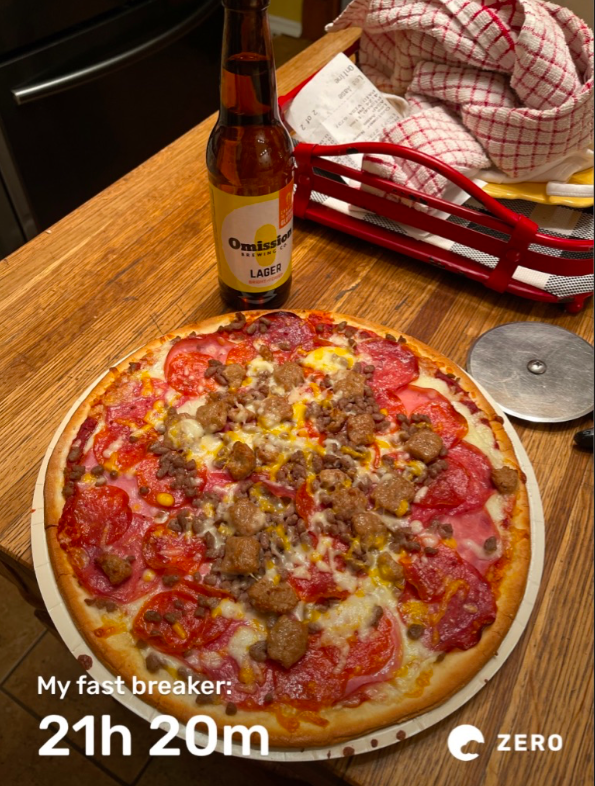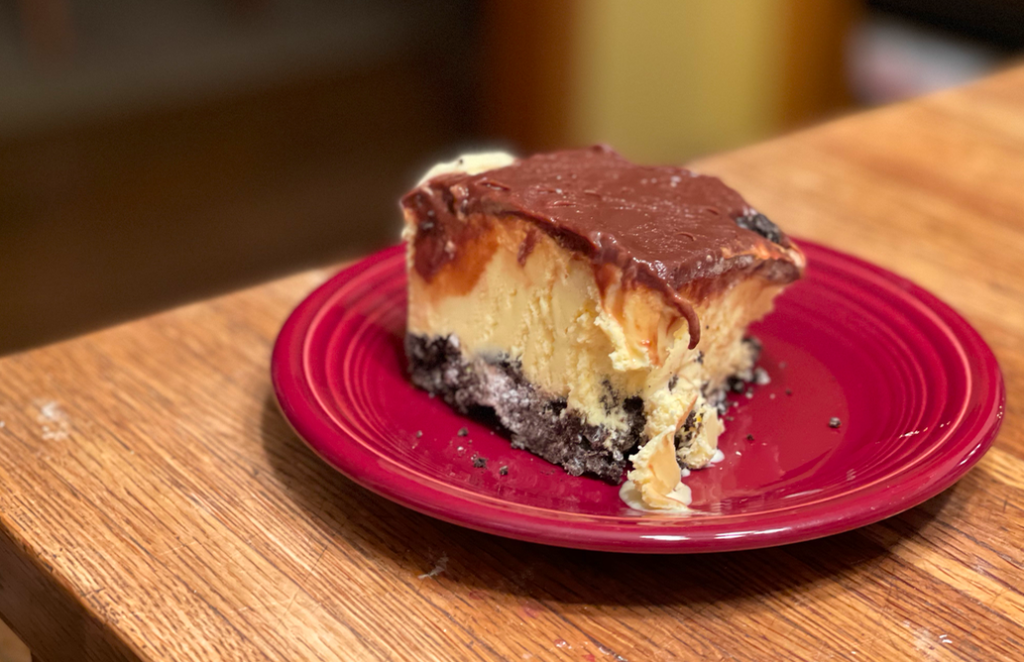To lose more than 50 pounds each, Lisa and I have adopted a low-carbohydrate, high-fat (LCHF) ketogenic pattern of eating, combined with periods of time-restricted eating or intermittent fasting (IF).
We find LCHF and IF are mutually supportive. Seeking satiety in filling fats means we don’t have carb cravings, which makes it easier to go 16 hours or more without eating, also called a 16:8 fast. We almost always skip breakfast and restrict our eating to an 8-hour window, and frequently that window is even narrower.
Sometimes it’s 18:6 or 20:4, or one meal a day (also called OMAD).
It’s a lifestyle, not a diet. It’s a different pattern of eating. I fully expect we will follow it for the overwhelming majority of the rest of our days.
But as I said in my Top 20 weight loss and health tips post, “Avoidance isn’t always.” We’re in this for the long haul, and we have found that it’s a lot easier psychologically (and accords with millennia of human cultural practices) to enjoy times of feasting that we balance with extended fasting.
Rarely doesn’t mean never.
Some LCHF proponents who I deeply respect take a different view, believing that a massive infusion could be the trigger for those with carb addiction to have a relapse. And as you’re just starting out, I would err on the side of caution until you feel confident you’re well established.
But I would argue that it’s much better to have planned times of carbohydrate excess than to snitch the grandchildren’s french fries as you’ve taken them past the restaurant drive-through window.
You’re in control. You’re deciding ahead of time that for a certain period you will enjoy foods that otherwise would be off limits.

Lisa and I have just come through five wonderful days of feasting.
We celebrated our wedding anniversary, Dec. 22, by having our OMAD be pizza. Lotta carbs.
We enjoyed it so much, we did the same thing on Dec. 23. Note that the pizza shown at right is just for me. It’s gluten-free since I have celiac disease.
And yet because I hadn’t eaten for more than 21 hours, I still had an extended period of low blood sugar and insulin levels.
I also had lefse, a Norwegian potato-based treat with butter and sugar that my dad makes during the holidays. He’s developed a gluten-free version.

From Christmas Eve until Dec. 26, we had small gatherings with my parents and then with some of our descendants that featured high-carb favorites like a traditional family potato dish, tortilla chips with queso, and my favorite frozen dessert.
With the feasting over, it was time for a compensatory fast. But instead of going straight from a high-carb state to an extended fast, I had my last meal be my four eggs/steak/cream cheese/guacamole masterpiece, and I started my Zero fasting app timer at 5:30 p.m. Sunday, with a goal of going at least 36 hours.
Lisa instead opted for a pair of consecutive 24-hour fasts. We limited ourselves to water and mineral water and black coffee, as well as magnesium supplements and some extra salt to maintain electrolyte balances.
How did it go?
I’ll share the results and my reflections on the experience in my New Year’s Day post.
If you think your friends might find this post helpful, I hope you’ll share by email or on your social networks using the buttons below.
To get these updates on a regular basis you can subscribe by email, or follow me on Facebook, Twitter and LinkedIn, where I’ll also be posting links.
Check out My Health Journey for the full story of our health improvements, and my #BodyBabySteps for an approach to how I would do it if I were starting today, based on what I’ve learned.